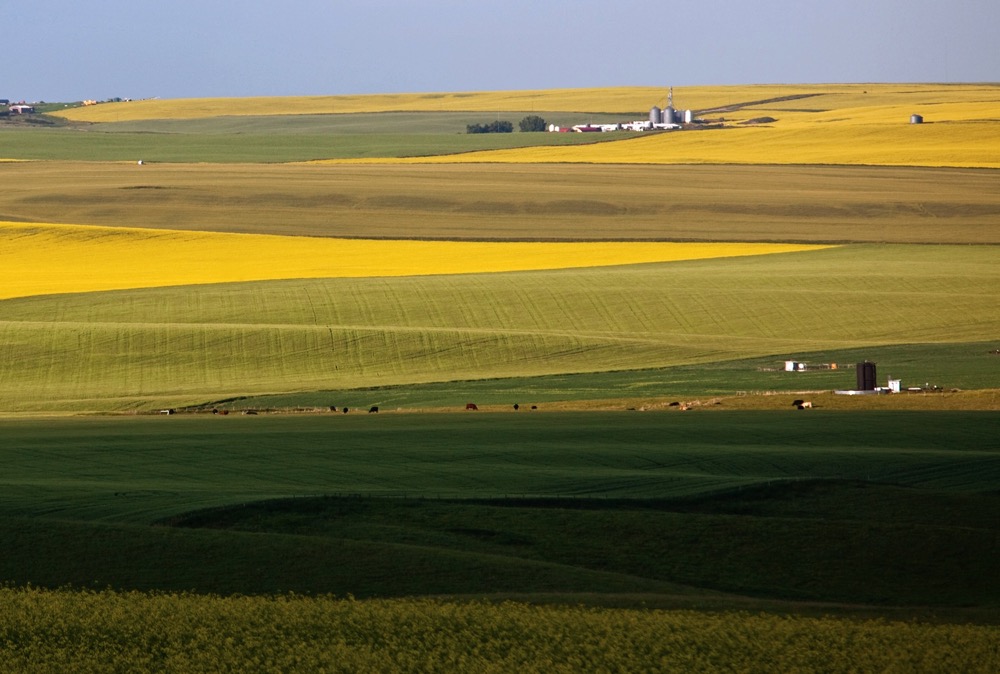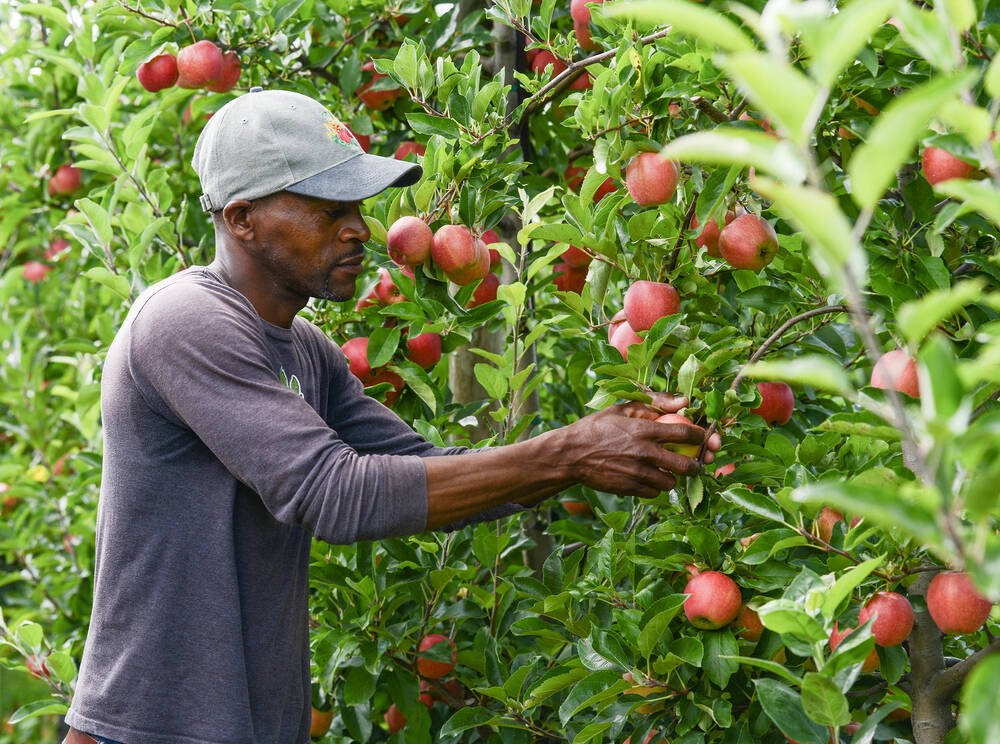Opinion: East-west issues are more similar than different

I spend more of my time working in western Canada as part of my duties with Glacier FarmMedia.
Read Also


Feds add stringent measures to discourage temporary foreign worker reliance
The federal government is changing Canada’s temporary foreign worker programs to reduce the use of migrant workers in Canada. That could affect the agriculture sector, though it’s not a direct target of the reforms.
I recently spent a work week in Saskatchewan connecting with farmers and the industry at Ag In Motion, the outdoor farm show that’s the west’s equivalent to Canada’s Outdoor Farm Show here in Ontario.
It was good to see green and healthy crops in Saskatchewan after a few years of tough drought there.
There’s a lot made of the differences between the east and the west in Canada. There’s a political divide and an economic divide between the great resources of the west and the consumptive cities of the east. There’s also long been a divide between agriculture in the east and the west. I see it daily as we debate content priorities in Glacier FarmMedia, a company that spans the country and is all-in on agriculture.
There are eastern groups that aren’t part of national farm organizations (see the grains sector) because they are western-dominated. Western groups are not part of other organizations because they are too eastern.
Too much is made of this divide, and working together can help bridge it.
Yes, production systems are somewhat different, but not that different. Canola, spring and durum wheat and pulses are king in the west. Corn, soybeans and winter wheat dominate in the east. But in both areas drills and planters and sprayers and fertilizer spreaders are used. Large tractors rumble through fields in both regions. Forages are grown on millions of acres in both regions.
At the base level, the issues are the same.
A recent survey of farmers and people who work in the industry by the Canadian Agri-Food Policy Institute (CAPI) showed little new. The age-old concerns for farmers are still the same: severe weather, trade and government regulations and policies.
These are of concern both in the east and the west. What the CAPI survey did show is pessimism in affecting these three major issues, either by governments or the private sector. I expect I was among the more optimistic who took the survey, and that might be reflected in the tone of this column.
While the nuances in risk management programs covering weather damage and prices can vary, the framework shouldn’t be that different from west to east. Farmers in the west and the east significantly rely on trade (the supply managed sector exempted, and I acknowledge that government protection of the dairy sector is a sore point). The hog, beef and greenhouse sectors are powerhouses in the east because of trade. Grains, oilseeds and beef are fueled by exports in the west. The regulations that raise farmer ire are the same east and west – overreach that affects farm business operations.
Conservative Leader Pierre Poilievre sent a warning shot to lobbyists, including the many who work in agriculture, in a rare newspaper column a few months back. He said he wouldn’t be taking in lobby days and Parliament Hill barbecues and instead said he wanted to hear policy priorities from constituents, not lobbyists. That will mean a need for a more concerted single voice from agriculture.
Bringing farmers together from east to west, especially on the biggest issues is possible, and as I’ve heard from governments for a long time that they want fewer, strong voices on agriculture. It will be essential to future political success.
Source: Farmtario.com

